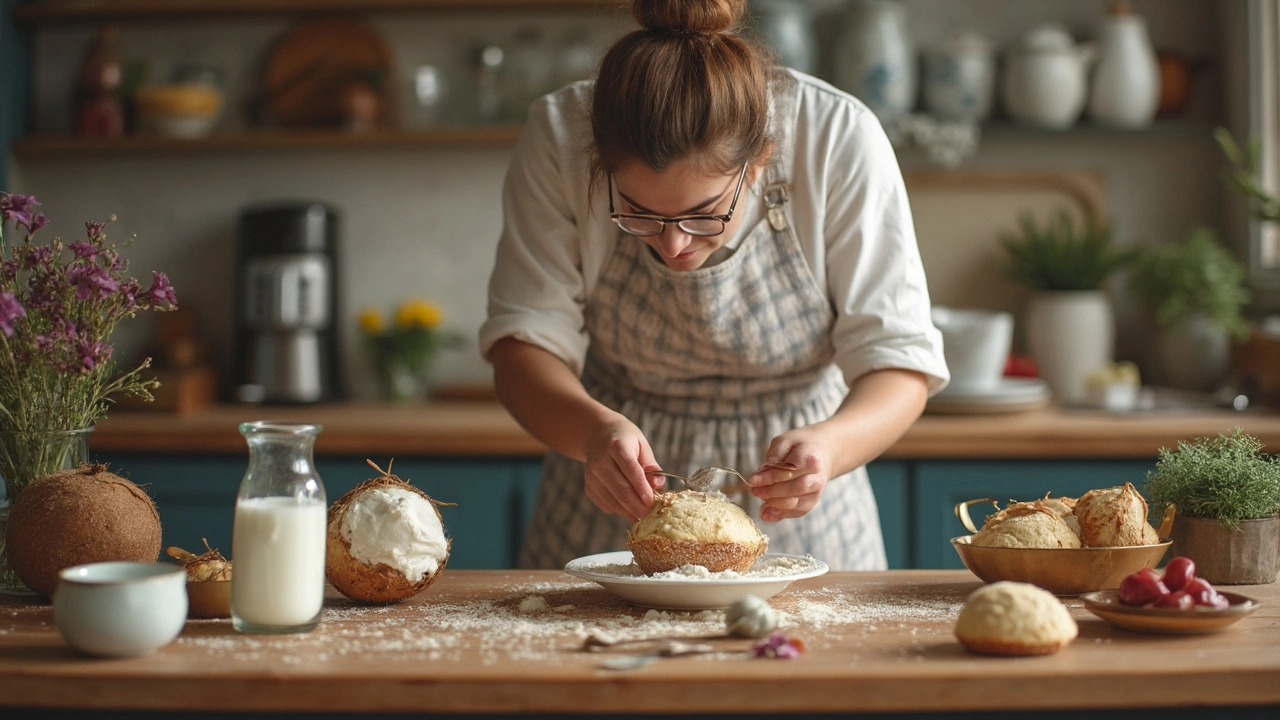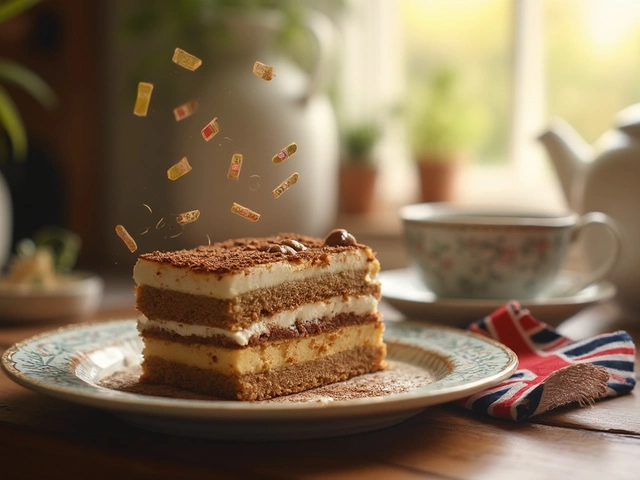Essential Dessert Ingredients Every Home Baker Needs
When you open your pantry and see flour, sugar, butter, and cocoa, you’ve already got the backbone of most desserts. These basics aren’t just random items – they each bring a specific role that turns a simple batter into a fluffy cake, a fudgy brownie, or a crisp cookie. Knowing what each ingredient does helps you troubleshoot, experiment, and get consistent results every time you bake.
Pantry Staples That Should Never Be Missing
Flour is the structure builder. All‑purpose flour works for most cakes and brownies, but if you want a tender crumb, try cake flour for lighter textures or whole‑wheat for a nutty flavor. Sugar does more than sweeten – it adds moisture, helps with browning, and can affect texture. White granulated sugar gives crisp edges, while brown sugar adds chewiness and a touch of caramel.
Butter provides richness and a tender crumb. Melted butter makes brownies dense and fudgy, whereas softened butter creamed with sugar traps air for light cakes. If you’re avoiding dairy, coconut oil or vegan butter can step in, but expect a slight flavor shift.
Eggs are the binder and leavening aid. They hold the batter together and add moisture. For vegan versions, replace each egg with flaxseed “egg” (1 tbsp ground flax + 3 tbsp water) or a commercial egg replacer, especially in recipes like our “How to Make Soft Cookies.”
Cocoa powder is a must for chocolate lovers. Natural cocoa gives a brighter, more acidic flavor perfect for brownies, while Dutch‑process cocoa is smoother and works well in frostings.
Tips for Choosing and Storing Your Ingredients
Freshness matters. Check flour bags for stale smells – old flour can make cakes flat. Sugar never really goes bad, but keep it sealed to avoid clumping. Butter should be stored in the coldest part of your fridge, not the door, and always bring it to room temperature before creaming.
If you buy in bulk, consider dividing staples into smaller airtight containers. This protects them from humidity, which can cause clumping in cocoa or spoilage in nuts. A quick tip from our “Best Ways to Store Frosted Brownies” post: a simple zip‑lock with a paper towel can keep brownies moist without soggy tops.
When trying new recipes like the “Brownies: Should They Be Fudgy or Cakey?” guide, start by measuring ingredients accurately. A kitchen scale is worth the investment – a gram off in flour can change texture dramatically. And don’t forget to sift flour and cocoa; it removes lumps and adds air for lighter batters.
Finally, experiment with flavors. Adding a pinch of sea salt to chocolate desserts or a splash of vanilla extract can elevate taste without extra effort. Even a dash of espresso powder can boost chocolate depth, a trick we love in our “Brownies: How to Say It in English” piece.
With these core ingredients and storage habits, you’ll feel confident tackling anything from a simple sheet cake to a towering macaron display. Keep your pantry stocked, stay fresh, and let your creativity run wild – the sweet world of desserts is waiting.






